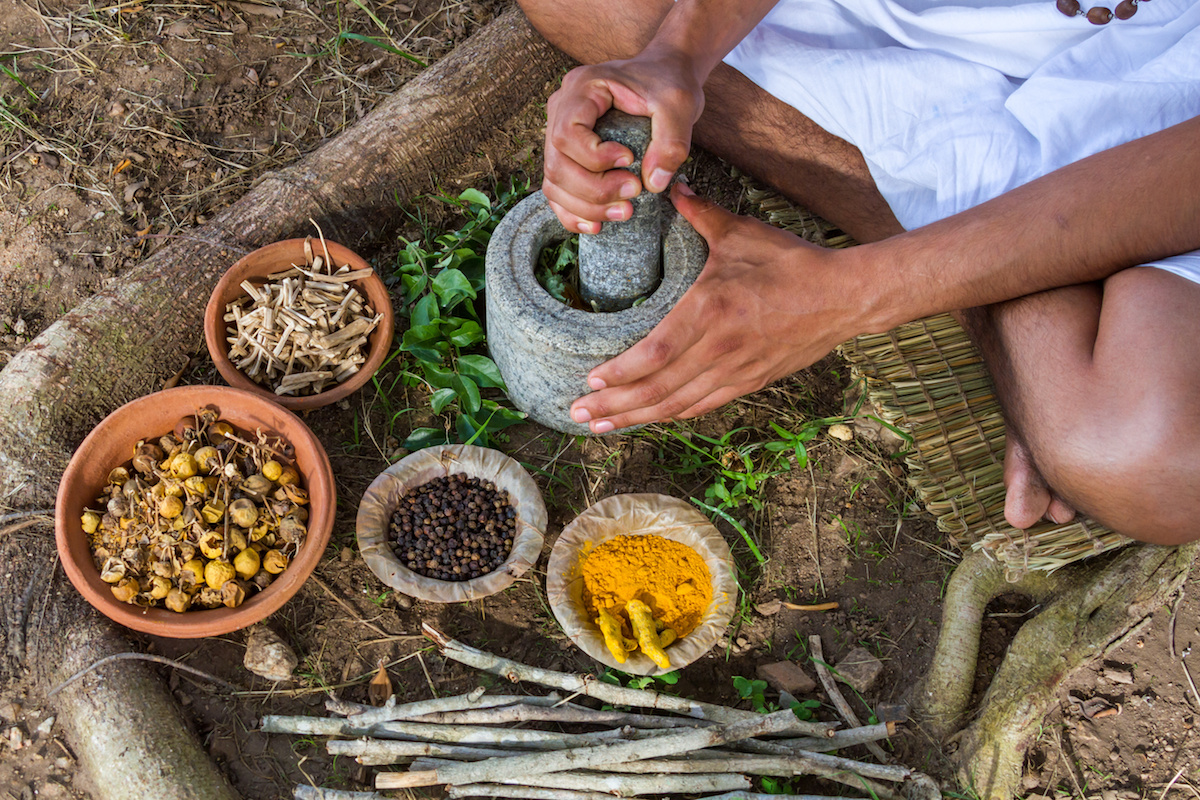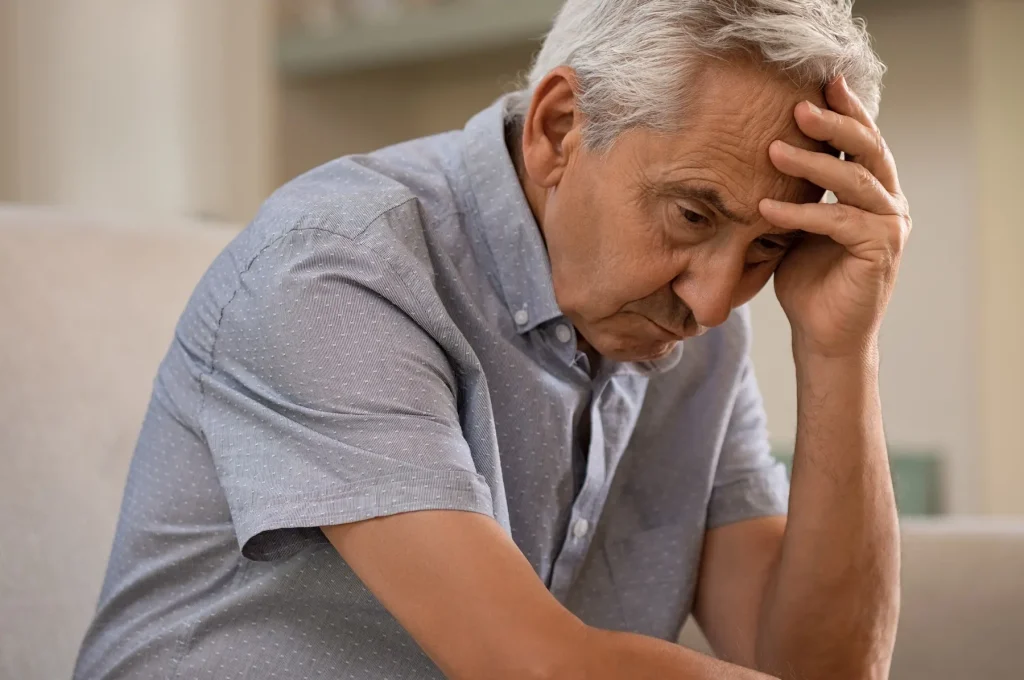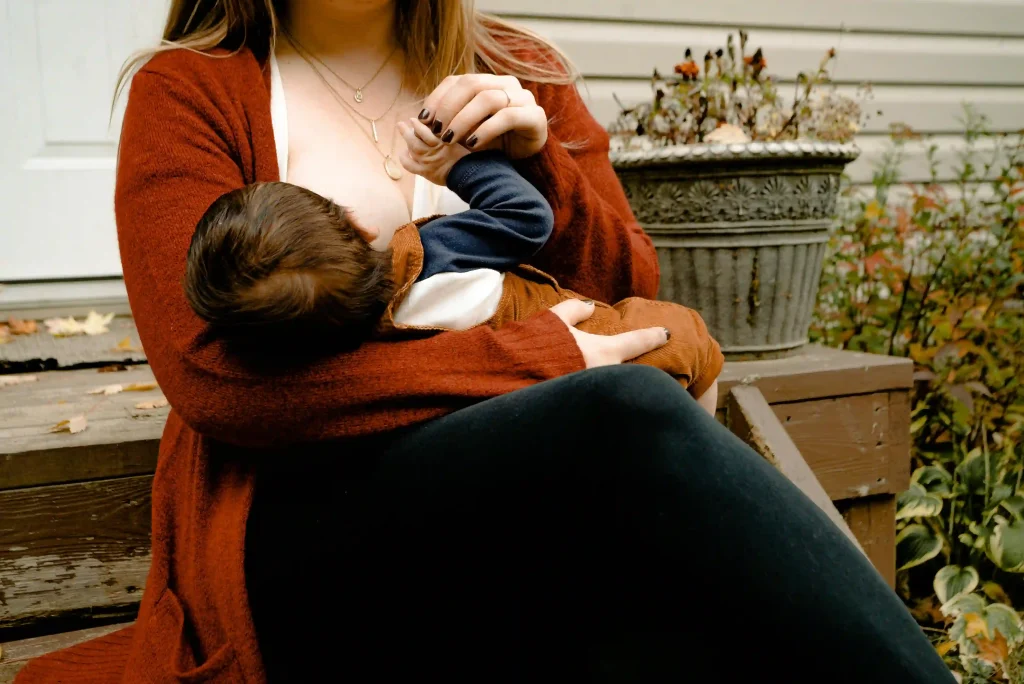This is the last topic related to Latino Culture & Healthcare. In this case doña Sandra and I were talking about natural medicines, home remedies & alternative treatments some Latino patients tend to take while getting medical attention.
In general, the rule of thumb with alternative medicine is to recognize their use, assess whether or not they will affect the medical treatment they are receiving, and have any negative effects on the patient. But how to address these serious questions in Spanish? Doña Sandra has some great tips for you.
Specifically, some of the questions that doña Sandra addressed in this conversation are:
- The current use natural medicines and alternative treatments among Latino communities.
- The tendency of patients to not share information about the natural medicines they’re taking.
- How to talk with your patient about these treatments and mix them with the medical treatment.
- How to show respect to the patient by talking about what he / she wants to do vs needs to do in order to improve their health condition.
Here is our conversation with subtitles in Spanish (no English in this one). This is a great medical Spanish listening comprehension activity!
Some of Sandra’s insights into Latino culture are:
- Generally, when patients go to the doctor, they have already taken some natural medicines, but they tend to not say anything about it because they don’t want the provider to be upset with them or look down upon them.
- Also, it’s likely they have already taken medication from or recommended by a friend or a relative because they had a similar condition.
- In Latino cultures, people try natural medicines frequently, but when they don’t produce the expected result, then it’s time to go to the doctor.
Some Useful Phrases / Algunas frases útiles
- Bueno, señor / señora (nombre), ¿Ya probó con medicina natural? (Well, Mr. / Mr (Name), have you already taken any natural medicine?)
- ¿Tomó medicina natural? ¿Sí? ¿Qué tomó? (Did you take natural medicine? ¿Did you? ¿Which one?)
- Es importante saber si tomó medicina natural para ver si tiene alguna reacción si se combina con el medicamento (It’s important to know if you took any natural medicine to see if could it be any reaction when you mix it with the medication)
Doña Sandra says it’s a great idea to address these questions naturally, in other words, as if you are talking about any other treatment. In cases when it’s not recommended to mix natural medicines with medications, you should explain to your patient the reasons why while keeping a relaxed tone of voice. This helps you get the information you need without making your patient feel uncomfortable or stressed.
Non verbal language could also make a significant difference in the relationship between providers and patients. Just by looking at you, the patient will decide to tell you (or not) about the medicines they have taken based on the trust level they have with you. Having a relaxed tone of voice and polite manners will improve the communication with your patients.
The next topic I asked doña Sandra about was the most common natural medicines and treatments the Latino patients use to take.
She says Latino patients generally take tea infusions such as:
- Mint tea, chamomile tea or Juanilama (Lipia alba) tea for stomachache.
- Mozote (Bidens pilosa) to refresh and clean the stomach.
- Natural laxatives such as oil with orange juice (or just oil in some cases).
- Oregano tea for coughs.
- Linden tea and lemon grass tea for nerves (anxiety).
- Rue for earache.
- Cold water with lemon for high blood pressure.
- Cold linseed tea and hibiscus flower tea for diabetes.
- A stem of a tree called “Hombre Grande” (Picraena excelsa, quassia amara) for stomachache and diabetes.
- Gavilana (Neurolaena lobata) for stomach problems.
- In some cases, Epsom salts to clean the stomach.
Likewise, it’s common to call a “sobador” or “sobadora” (a traditional masseur) to treat some conditions such as indigestion. Doña Sandra explains the methodology of work of these traditional healers:
When someone has an indigestion, you call the village “sobadora”. Usually there is one or two in town. What she is going to do is take your arm and give you a massage that is painful because there are some “balls” or inflammations, so she puts some oil or cream and starts doing a repetitive movement on your arm and then a “ball” comes out. That “ball” is the reason for your indigestion.
They (the “sobadores”) have a metaphor to explain this: “Our stomach is like a tube, and if there is something causing an obstruction, it will cause pressure and congestion (like the traffic congestion), and that congestion is manifested in your arm, behind your ears, between your thumb and your index finger, and sometimes behind your knee.”
The massage takes about 40 minutes, then you have to take a strong laxative and avoid eating anything. You can only drink liquids such as water, chamomile tea, mint tea, infusion teas, etc. After the laxative takes effect, you should start eating light meals like soups and mashed potato. Avoid eating meat for about a week.
Besides the infusion teas and the “sobadoras”, you can also find the “cartuchos” (cartridges): A cone made using a newspaper (like if you are using it as a telescope) that is placed inside your ear when the patient hears a strong buzz noise or feels some kind of pain. It is believed this buzz is caused by the presence of air inside the ear, so what you have to do is place the “cartucho” in your ear and then strike a match and start burning the “cartucho”. When the fire flame is near your ear, you will feel the air coming outside because of the heat.
Some alternatives for the “cartucho” are:
- Lighting up a cigarette and putting it inside your ear.
- Taking a garlic glove and placing it as well.
- Frying a garlic glove in a small piece of cotton and putting inside the ear.
- Other option is heating some rue and putting in your ear with a piece of cotton.
On the other hand, when someones falls down and they have a bruise or a bump, you put some butter or margarine on the affected area to reduce the inflammation.
Finally, when a person suffers from sinusitis, rhinitis, cough or agitation, you can make a vaho (fog): Add chamomile or any other infusion tea (except mint tea) to a cup or a deep dish and put a big towel over your head, then start inhaling the steam from the infusion.
If you have sinusitis, you need to do this vaho treatment for three days at evenings before going to sleep (you can’t go out). That way you can expel all the liquids inside your noise and open your bronchi.
Going back to the medical practice, I asked doña Sandra what should be the best way to show respect for what the patient wants to do regarding natural medicine but emphasizing the necessity of using some kind of medication.
She says it is ok to mention the fact that the patient has taken the natural medicine but it can’t help them anymore so it’s time to take the medication.
- Sí, ha tomado un té pero el té parece que no va ayudarlo más. Es hora de tomar otro tipo de medicina. (Yes, you had taken tea but it’s likely the tea is not longer helpful for you. It’s time to start taking another type of medication).
- Es bueno tomar té a veces, pero en este caso usted necesita este tratamiento en lugar de té (It’s good to take tea sometimes, but in this case you need take this treatment instead of tea.)
Sandra shares her opinion that the idea is not disavowing the use of natural medicines but letting them know they are not going to help them anymore so your patient needs to take another medical treatment.




